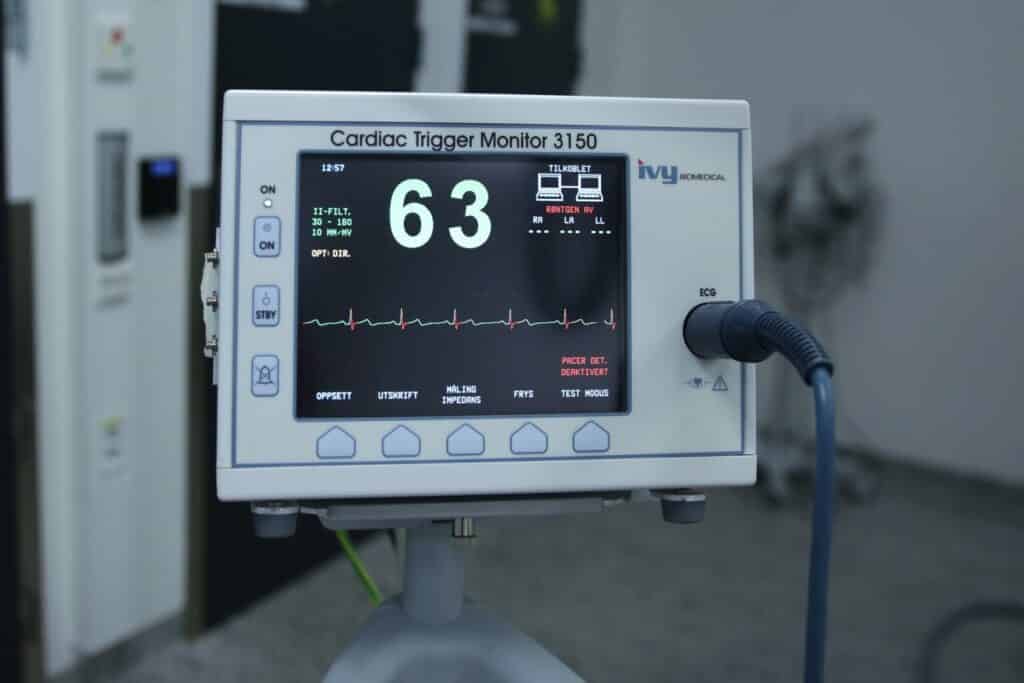What are the Different Medical Device Classes – Overview
The US FDA regulates any medical device launched in the United States. These are broad groups into three distinct classes. These medical devices are normally classified according to the following:
- Potential risk
- Invasiveness
- Impact on patient’s health
Medical device manufacturers usually find this classification system complex, especially if they have had limited exposure. The path from manufacturer to market drastically differs depending on the device’s classification.
For instance, Class 1 medical devices have fewer regulatory requirements than Class 2 or 3.
It is important to know the class in which your proposed medical device would be categorized even before you start manufacturing it.
Different FDA Medical Device Classes
The FDA has categorized around 1,700 different types of medical devices. These are organized according to the CFR (Code of Federal Regulations) into 16 medical specialties.
The first step for manufacturers is to get their medical devices categorized.

The different specialties under which new medical devices are categorized include:
- Anesthesiology
- Chemistry
- Cardiovascular
- Dental
- ENT (Ear, Nose, Throat)
- General and Plastic Surgery
- Gastroenterology and Urology
- General Hospital
- Immunology
- Hematology
- Microbiology
- Neurology
- Ophthalmic
- Orthopedic
- Radiology
- Pathology
- Obstetrics and Gynecology
- Toxicology
Once a designed device is approved and classified, the FDA gives the manufacturer the go-ahead to manufacture and market their device accordingly.
Class 1 Medical Devices
Class 1 medical devices are defined as those that pose the least potential risk to the user and are subject to general controls.
These devices substantially prevent impairment to human health and may not provide an unreasonable risk of injury or illness.
Class 1 medical devices are the most common class in the market, accounting for over 47% of the market share.
These devices have minimal contact with the patient while being used and generally have a low impact on the patient’s health.
In short, class 1 medical devices are not attached to a patient’s internal organs, cardiovascular system, or central nervous system, and they are subject to fewer FDA regulations.
Some examples of common Class 1 medical devices include:
- Hospital beds
- Tongue depressor
- Bandages
- Electric toothbrush
- Non-electric wheelchair
- Oxygen mask
Class 2 Medical Devices
Class 2 medical devices are comparatively more complicated and are more likely to come into substantial contact with the patient.
These devices are usually used to monitor or maintain a patient’s cardiovascular system or internal organs, such as various diagnostic tools.
Class 2 medical devices are defined as those that require general controls and special controls to ensure their safety and effectiveness.
Some examples of Class 2 medical devices include:
- Blood pressure cuffs
- Catheter
- Syringes
- Pregnancy test kits
- Blood transfusion kits
- Contact lenses
- Absorbable sutures
- Surgical gloves
Class 3 Medical Devices
Class 3 medical devices are defined as those which usually support or sustain life and are present or implanted with a potentially unreasonable risk of injury or illness.
Class 3 medical devices support or sustain human life or present a potentially unreasonable risk of illness or injury and, therefore, require FDA premarket approval (PMA). This class usually includes smart medical devices, permanent implants, and life support systems.
The class 3 category is usually reserved for the most innovative and high-tech medical devices. Some devices under Class 2 may sometimes be promoted to Class 3.
Some commonly used Class 3 medical devices include:
- Pacemakers
- Breast implants
- Defibrillators
- Cochlear implants
- High-frequency ventilators
- Implanted prosthetics
Identifying Medical Device Classes
The main differences between the 3 classes of medical devices concern the device’s impact, level of contact, and critical nature.
The FDA also considers substantial equivalence when determining the category of any new medical device. The FDA is concerned with the device’s safety and effectiveness before launching it.
If your device is low-risk and requires minimal contact with the patient to work, it usually gets classified under Class 1.
This also means you have a more streamlined market approval process.
Conclusion
Knowing how your device is classified can help determine the most efficient market approval process. You will know the type of documents you will be required to submit to the FDA to get your device approved.
This classification knowledge will help you to allot relevant resources in advance and ensure a successful product launch.
See Also
Temporomandibular Joint Dysfunction Medical Devices
Charities That Help With Medical Equipment
Best Medical Device Manufacturers
Federal Grants for Medical Equipment
List of Medical Supply Companies
Charities That Help with Medical Equipment
Grants for Assistive Technology for the Blind
Where to Donate Medical Equipment